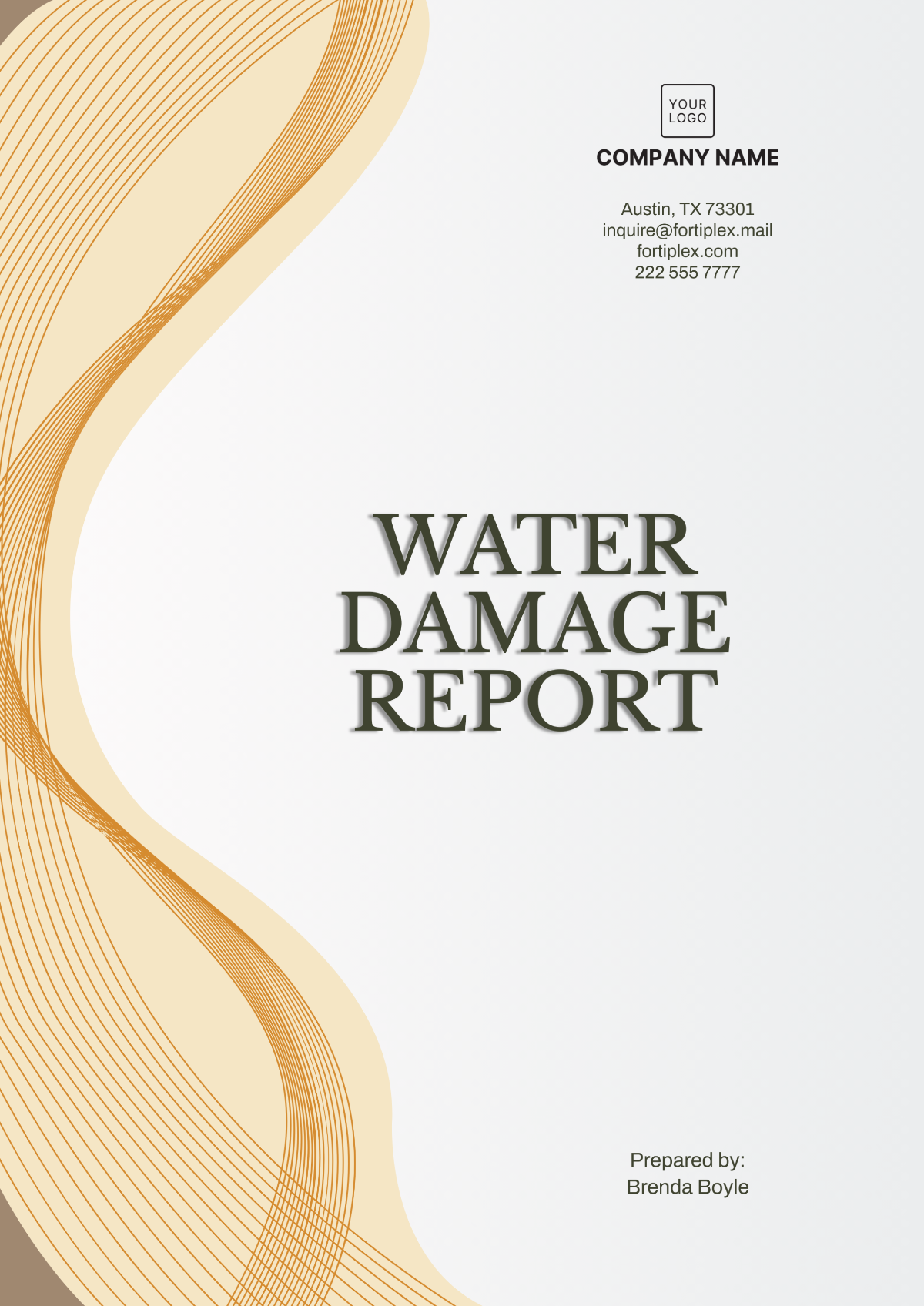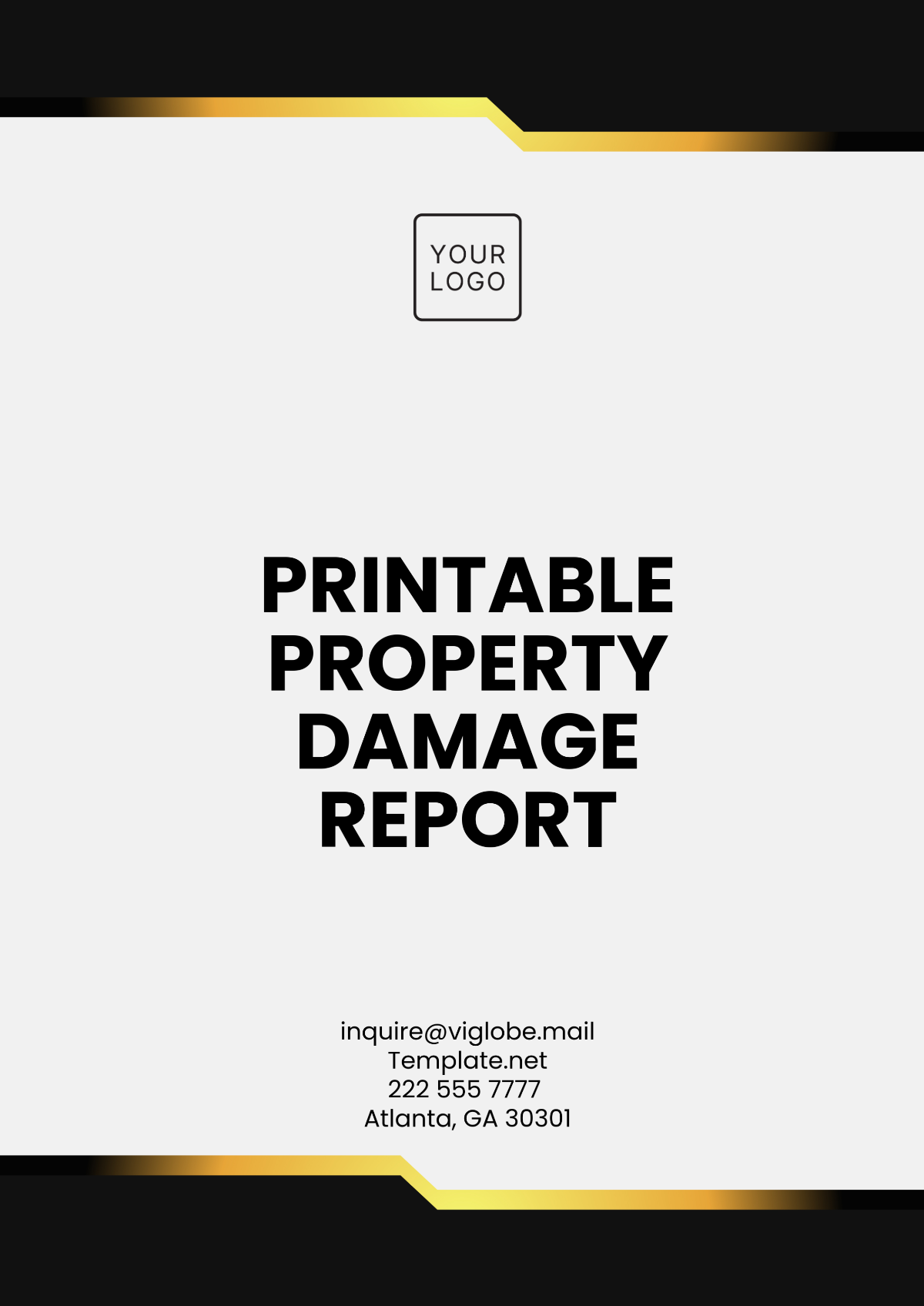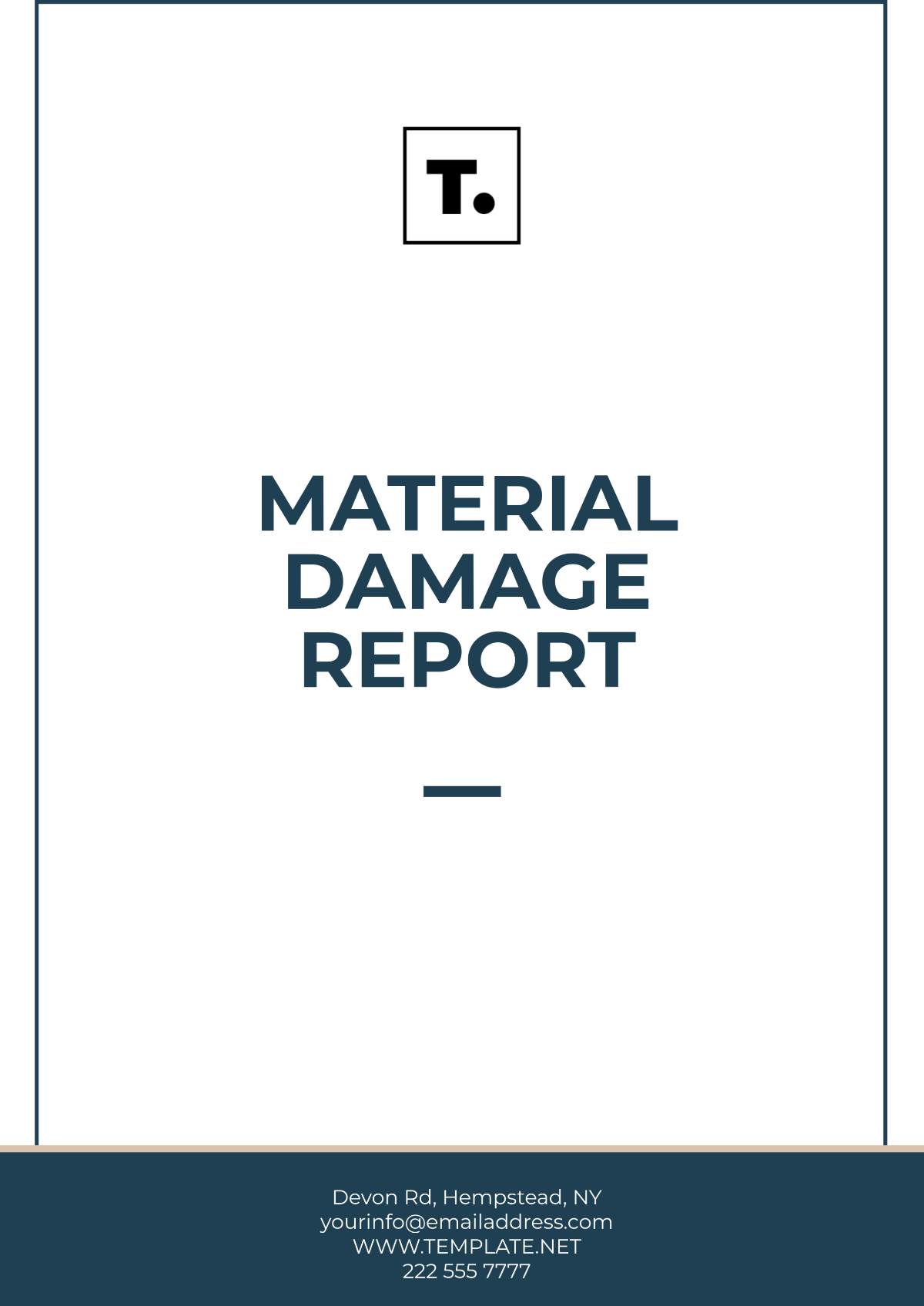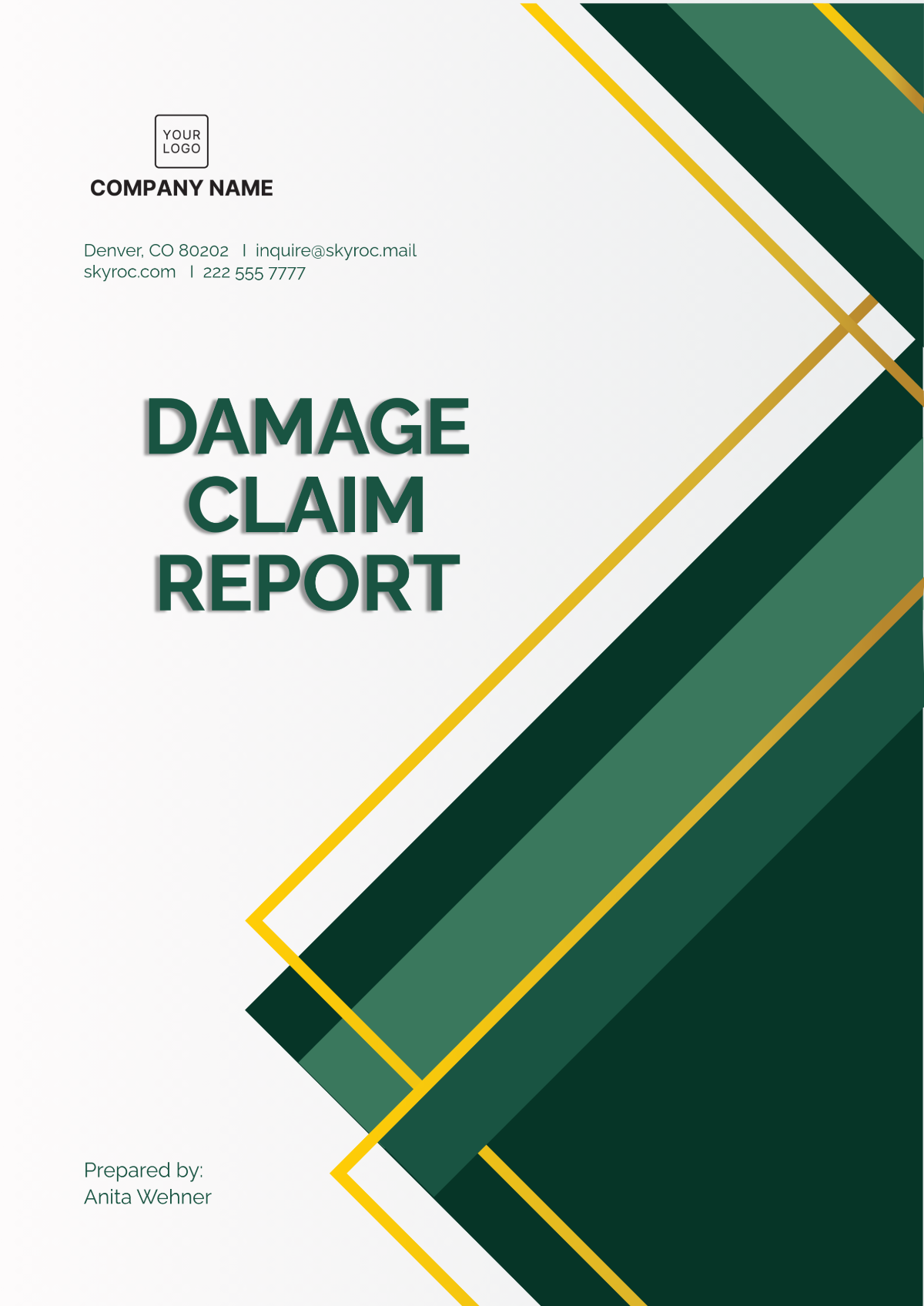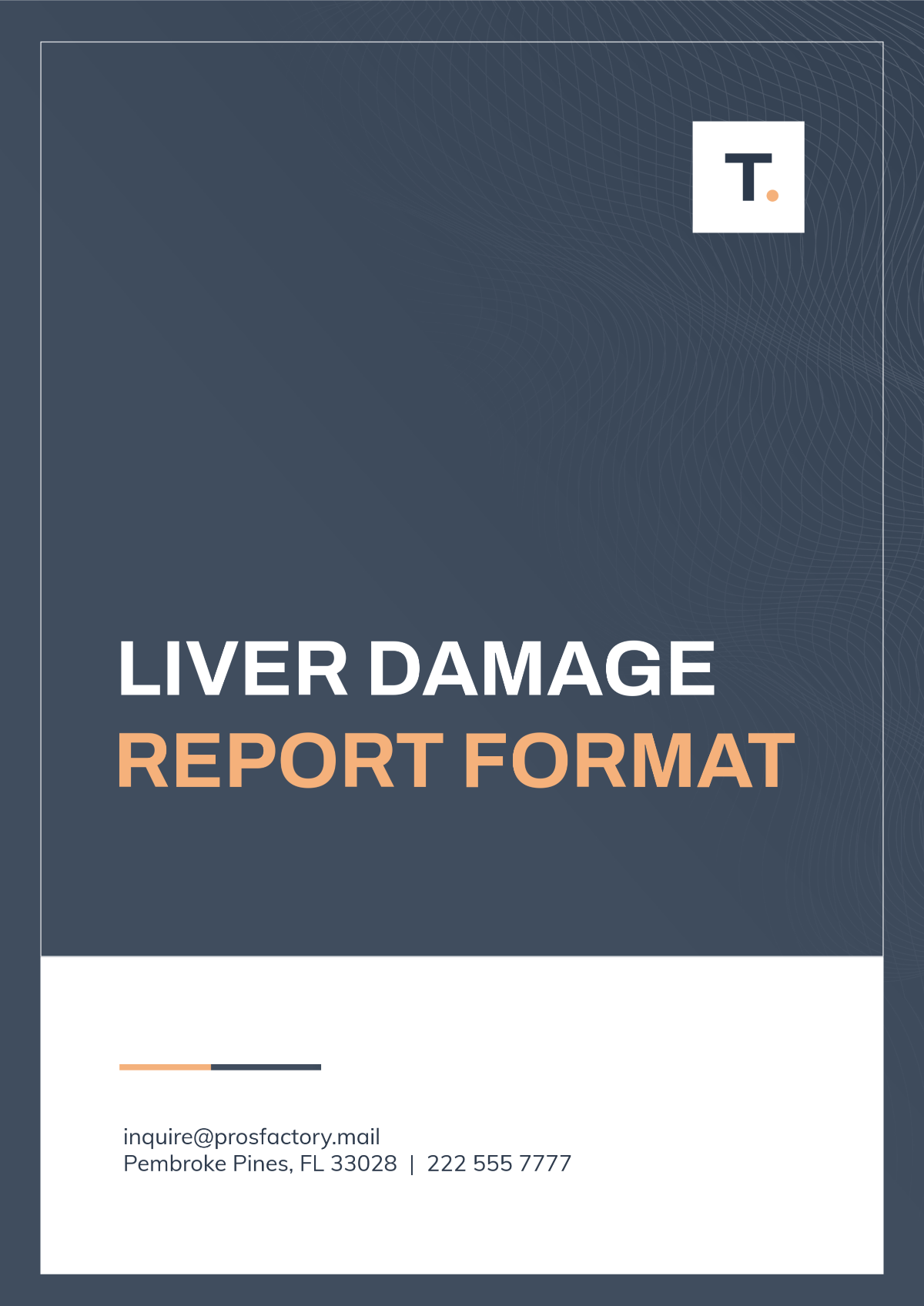Free Moving Company Damage Report
Document incidents efficiently with the Moving Company Damage Report Template from Template.net. This editable and customizable template allows you to record and assess any damages that occur during a move. Use our Ai Editor Tool to adapt it for precise and thorough reporting.





